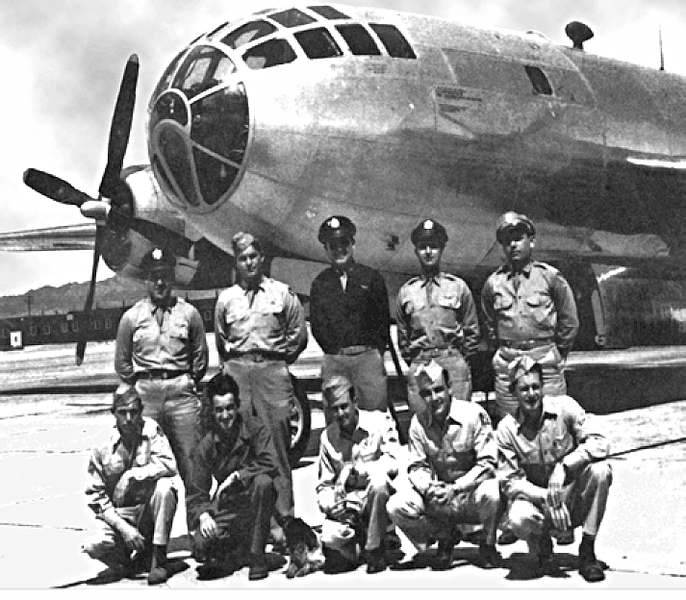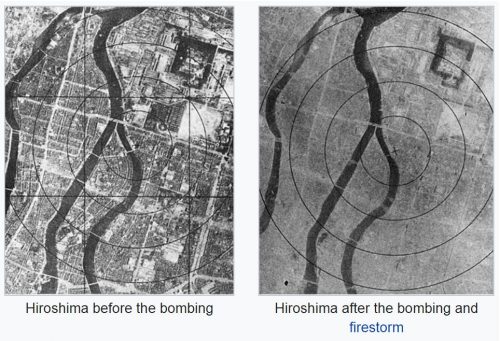Richard Fernandez, AKA blogger Wretchard the Cat, has a post on Pajamas Media titled The Foundations of Our World on the modern politically correct myths surrounding Hiroshima — America was the original “nuclear sinner” and war criminal while Japan was “innocent victim” — that have become “The Narrative” that the Ruling classes promulgate through the Western education establishment and main stream media.
Just because this is “The Narrative” does not make it the objective truth. There is still a lot of historical information still being unearthed about that era. Information highly destructive of the politically correct narrative in the form of the unearthed history of the Japanese chemical warfare program.
The bottom line up front is that Hiroshima was a center of chemical weapons production for the Japanese and the weapons produced there were used in against Chinese, British and American troops in World War Two.


